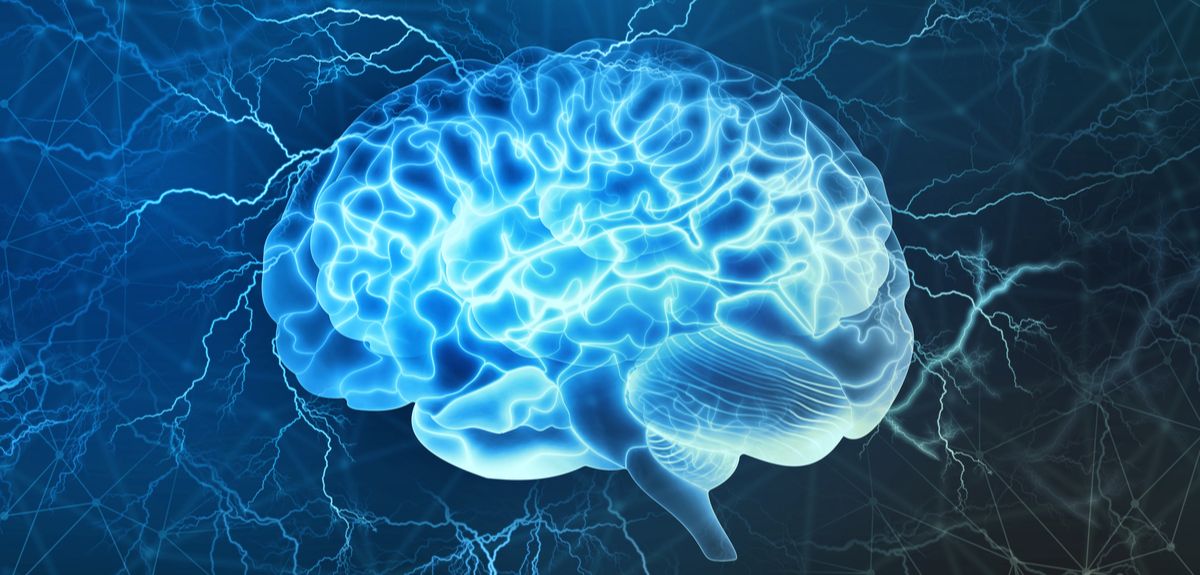
Image credit: Shutterstock
How decisions form in the brain: A physical basis for a cognitive process
Gathering information before making a decision is considered a hallmark of intelligence. Researchers at the University of Oxford’s Centre for Neural Circuits and Behaviour have discovered what happens in a brain before a decision is made.
In experiments asking fruit flies to distinguish between ever closer concentrations of an odour, the researchers led by Professor Gero Miesenböck had previously identified a tiny minority of about 200 nerve cells in the brain as critical for decision-making.
In new work, the team found that these nerve cells collect evidence for the alternative choices as minute voltage changes across their surface. These changes build up over time until they reach a hair-trigger point, at which the nerve cell produces a large electrical impulse. This impulse signals that a decision has been reached.
The team reports its findings in the journal Cell. The work was funded by the Wellcome Trust and the Gatsby Charitable Foundation.
'We have discovered a simple physical basis for a cognitive process,' says the lead author of the study, Dr. Lukas Groschner.
'Our work suggests that there is an important analogue component to cognition. People sometimes compare the brain to a digital machine operating with sequences of impulses and silences. But much of what looks like silence is actually taken up by analogue computation.'
The decision-relevant neurons are distinguished by the presence of a genetic regulator molecule called FoxP.
FoxP determines how evidence is added and retained. Flies with defective FoxP produce too much of an electrical shock absorber that makes the cells' voltage less likely to change with each new piece of information. Decisions therefore take longer—the flies become indecisive.
Fruit flies have one FoxP gene, while humans have four related genes. Human FoxP1 and FoxP2 have been associated with intelligence and cognitive development, hinting at commonalities.
'Fruit flies have an impressive record for making seemingly impenetrable biological problems tractable,' says Miesenböck. 'As a result of studying these insects, we understand the basic principles of how a fertilised egg develops into an organism and how the body clock works, to name just two examples recognised by Nobel prizes.'
'Research on fruit flies is now beginning to make significant inroads also into tough problems of cognitive science and psychology. I wouldn't be surprised if the long-term impact were similarly profound.'
The full paper, ‘Dendritic Integration of Sensory Evidence in Perceptual Decision-Making,’ can be read in the journal Cell.
 New study highlights ways to future-proof cocoa production
New study highlights ways to future-proof cocoa production
 Expert Comment: Paris AI Summit misses opportunity for global AI governance
Expert Comment: Paris AI Summit misses opportunity for global AI governance
 Majority support moderation on social media platforms, global survey shows
Majority support moderation on social media platforms, global survey shows
 Inspiring Sheldonian Series continues to celebrate intellectual curiosity and diversity of thought
Inspiring Sheldonian Series continues to celebrate intellectual curiosity and diversity of thought
 Oxford Martin School epilepsy programme launches innovative research centre
Oxford Martin School epilepsy programme launches innovative research centre